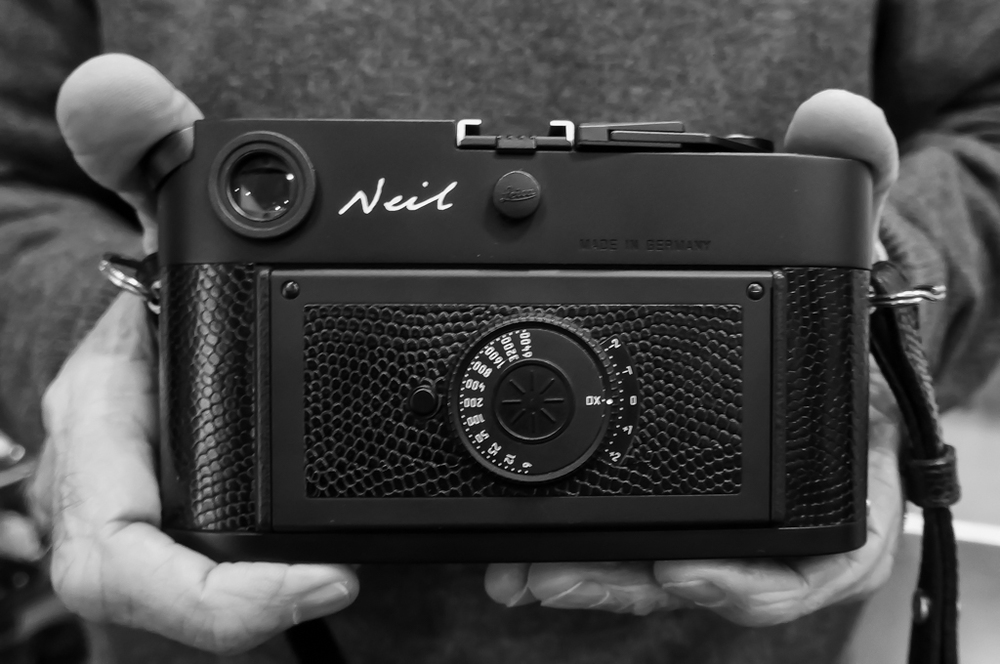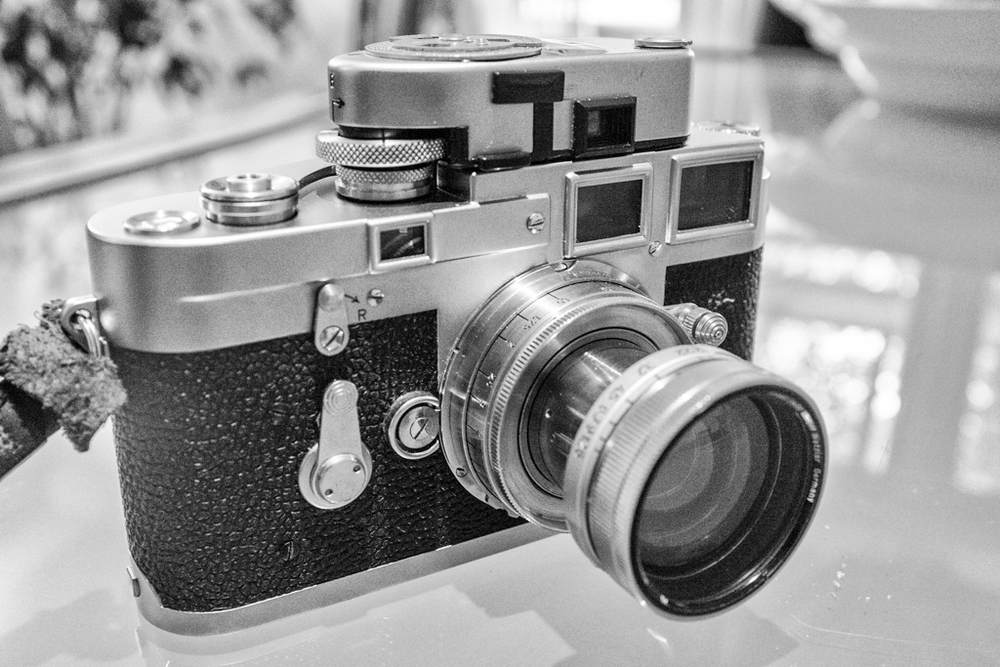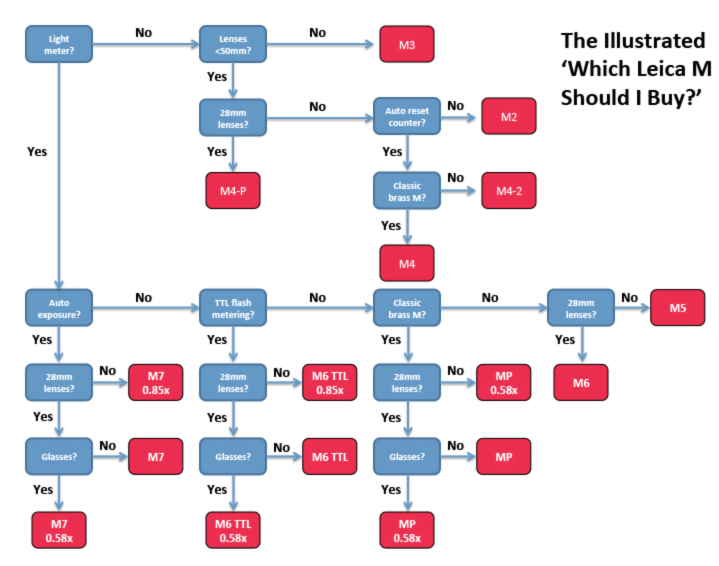

I’m no expert on Leica, it has to be said, but I do own a representative collection of film Ms, which I regard as lovely objects to have around. Notable exceptions to my arsenal are the M4 and M5.
All are a joy to use and I appreciate the mechanical perfection that is the hallmark of Leica’s cameras from the late 1920s through to now. To some extent, too, they are possessions that will hold their value over time (unlike digital Ms that have built-in obsolescence). In theory, any M, irrespective of age, is capable of producing identical results, depending on choice of lens, naturally.
My collection currently includes a very early 1954 double-stroke M3, a 1963 single-stroke version of the same camera, a 2000 M6TTL, a 2003 MP and a 2004 M7 (who answers to the name of Neil). I love all of them and, when I’m in the mood, I make my choice and spend a week with the one camera. Do I need them all? Of course not; any one of them would serve me well for the rest of my life. But I do get great pleasure out of handling and using them and that’s all that matters.

There are so many things to consider when looking for an M, not just the presence or absence of light metering (you can add an external light meter), but the rangefinder magnification and the type of lenses you wish to use. If you normally wear glasses you might choose a different viewfinder magnification. Price, too, is a factor. The rather unloved yet excellent M5, with its unusual design, comes in as a bargain choice. It was the first M with a built-in light meter.
It’s good, therefore, to have a definitive article to consult when in the market for a film M. Michael Fraser has written such a tract on his photography blog and I regard it as the best step-by-step way of deciding what to buy.
Michael has produced a flowchart which asks all the right questions and ends up recommending the best camera.

i had some issues with the ‘read full article’ link. The following works:
http://mfphotography.ca/blog/2014/3/20/how-to-choose-a-film-leica-m-rangefinder
Thanks for the heads up, Matthew. I’ve corrected it and sorry to readers who have had this problem. It looks like a pasted the link from my Ulysses text editor and it contained internal references. Must watch that in future. At least revising Michael Fraser’s blog has prompted me to subscribe. The standard of work is outstanding.
Mike